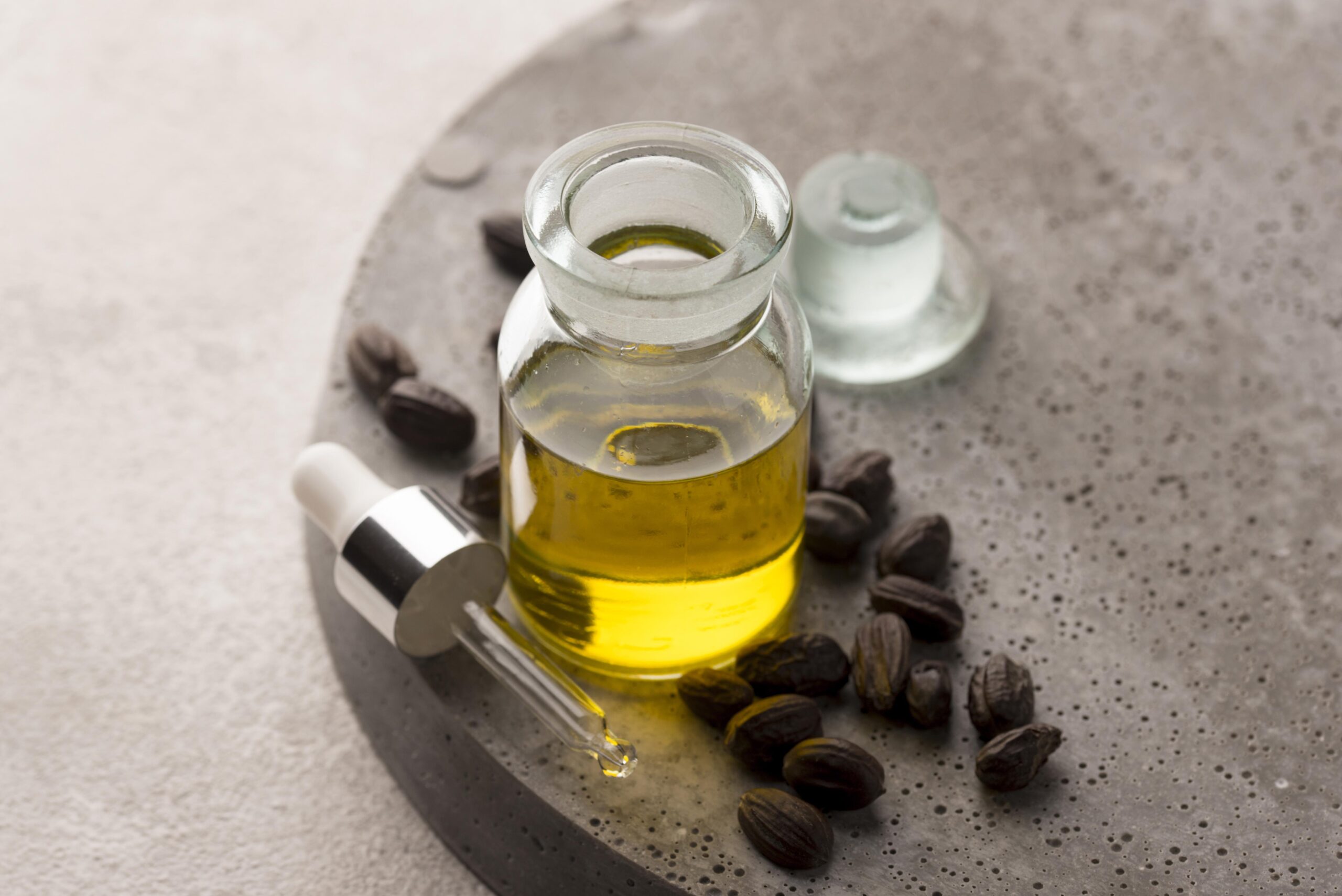Unveiling the Magic of Castor Oil: Benefits and Uses

Castor oil, derived from the seeds of the castor plant (Ricinus communis), has a long history of use for various purposes, from traditional medicine to industrial applications. This thick and pale-yellow oil is known for its unique composition and a wide range of potential health and beauty benefits. In this blog, we’ll explore the fascinating world of castor oil, its historical significance, composition, and the many ways you can incorporate it into your daily life.
The History of Castor Oil
Castor oil has been used for thousands of years, with evidence of its use dating back to ancient Egypt, where it was found in tombs dating as far back as 4000 BCE. The oil’s versatility made it popular in many cultures, including India, China, and Greece.
The Castor Plant: A Source of Magic
Castor oil is derived from the castor plant’s seeds, which are native to Eastern Africa but now grow in many tropical and subtropical regions around the world. The castor plant itself has a long history of use as a versatile crop, providing not only oil but also materials for manufacturing and medicinal purposes.
The Composition of Castor Oil
Castor oil contains several unique components that contribute to its therapeutic and industrial applications. Here are some of the key constituents:
-
Ricinoleic Acid: This fatty acid makes up around 90% of castor oil and is responsible for many of its beneficial properties. Ricinoleic acid is known for its anti-inflammatory and antimicrobial effects.
-
Oleic Acid: Another fatty acid found in castor oil, oleic acid, contributes to its moisturizing and emollient properties, making it a popular choice in skincare products.
-
Linoleic Acid: This essential fatty acid is known for its hydrating and skin-barrier-strengthening qualities, making castor oil beneficial for skin health.
-
Vitamin E: Castor oil contains vitamin E, an antioxidant that helps protect the skin from free radicals and may contribute to hair and skin health.
Benefits and Uses
-
Skin Care: Castor oil can be used as a natural moisturizer and skin conditioner. It’s often applied to dry or rough skin, including areas prone to calluses, such as the feet. Its anti-inflammatory properties can also help soothe irritated skin.
-
Hair Care: Castor oil is a popular ingredient in hair care products due to its potential to promote hair growth, strengthen hair, and prevent hair loss. Many people use it as a hair mask or conditioner.
-
Laxative: Historically, castor oil has been used as a natural laxative, although its strong effects make it a remedy best used sparingly and under medical supervision.
-
Anti-Inflammatory: Topical application of castor oil may help reduce inflammation and provide relief for conditions like arthritis or muscle pain.
-
Industrial Applications: Beyond personal care, castor oil is used in various industries, including cosmetics, pharmaceuticals, and the manufacturing of soaps, paints, and lubricants.
Precautions
While castor oil offers numerous benefits, it’s important to use it with caution:
-
Skin Test: Before applying castor oil to your skin, perform a patch test to ensure you’re not allergic or sensitive to it.
-
Oral Use: If you intend to use castor oil as a laxative, always consult a healthcare professional to determine the appropriate dosage and safety measures.
-
Purity: Ensure you’re using pure, cold-pressed castor oil without any additives or contaminants.
Conclusion
Castor oil is a versatile and time-tested natural remedy with a wide range of potential benefits for both personal care and industrial use. Whether you’re looking to improve your skin and hair, soothe muscle aches, or explore its historical significance, castor oil is a fascinating substance worth incorporating into your daily routine. As with any natural remedy, it’s important to use it responsibly and consult a healthcare professional when necessary.






